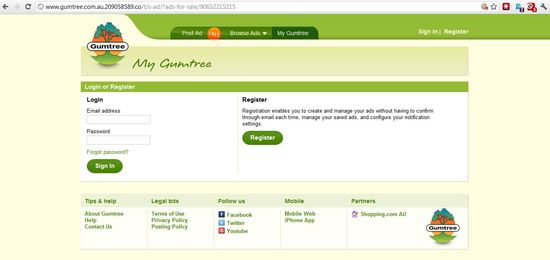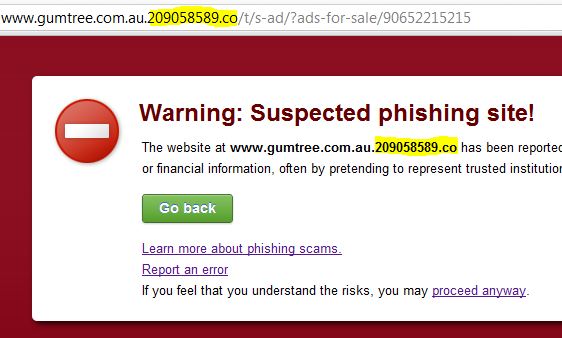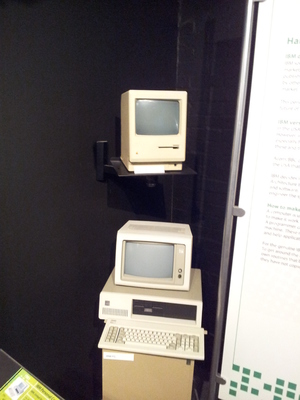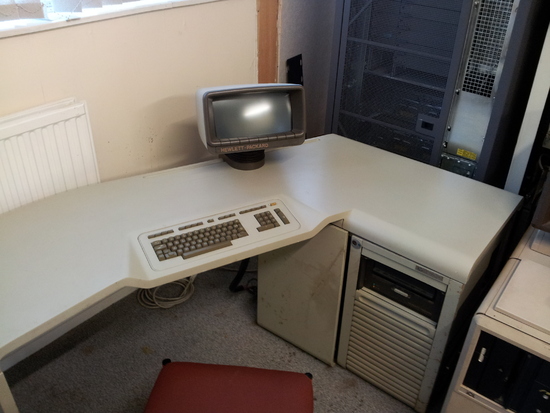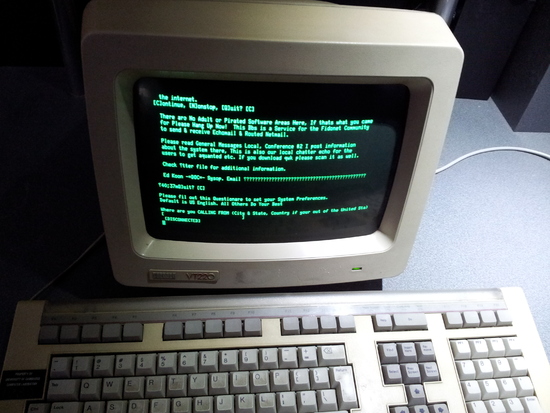Francine Scrayen the homeopath who defrauded one of her patients with bogus medical treatments is now being sued for the death of her patient; or should I say victim. Toni Brown is suing Scrayen over the death of her sister, Penelope Dingle who died after giving up conventional treatment in favor of the witchcraft that Ms Scrayen sold.
Penelope Dingle’s sister is suing the homeopath who persuaded the cancer victim to ignore conventional treatment in favour of fighting the deadly disease with alternative medicine.
The case made national headlines in 2010 when State Coroner Alastair Hope held an inquest into Mrs Dingle’s death, finding that her husband, Peter Dingle, and homeopath Francine Scrayen had played important roles in the decision.
Mrs Dingle’s sister Toni Brown has launched District Court proceedings against Ms Scrayen, claiming she suffered her own psychological problems as a result of the way in which her sister died. –The West
I have already written about the tragic death of Penelope Dingle at the hands of Francine Scrayen in “Scammed to death: How Francine Scrayen killed Penelope Dingle.” (Comments at the bottom of the page are worth reading)
In my view the deceased’s rectal cancer was present and causing bleeding and other symptoms from at least 31 October 2001. During the period 31 October 2001 until at least the end of November 2002, the deceased regularly described the symptoms of her rectal cancer to a homeopath, Francine Scrayen. It was not until November 2002 that Mrs Scrayen and the deceased discussed the possibility of reporting her rectal bleeding to a medical practitioner and it was not until 5 December 2002 that she first reported those problems to a doctor.
I accept that Mrs Scrayen believed that the deceased had suffered from haemorrhoids years earlier and the bleeding and pain was “an old symptom coming back”, but a competent health professional would have been alarmed by the developing symptoms and would have strongly advised that appropriate medical investigations be conducted without delay.
Mrs Scrayen was not a competent health professional. I accept that Mrs Scrayen had minimal understanding of relevant health issues, unfortunately that did not prevent her from treating the deceased as a patient.
This case has highlighted the importance of patients suffering from cancer making informed, sound decisions in relation to their treatment. In this case the deceased paid a terrible price for poor decision making.
Unfortunately the deceased was surrounded by misinformation and poor science. Although her treating surgeon and mainstream general practitioner provided clear and reliable information, she received mixed messages from a number of different sources which caused her to initially delay necessary surgery and ultimately decide not to have surgery until it was too late. –Coronors Report; conclusion.
So after such a conclusion from the coroner it’s good to see that action is being taken against Francine Scrayen. While it won’t undo the damage already do it will bring fake medicines such as Homeopathy and those who sell it back into the spot light.
I personally feel that criminal charges should be filed against Francine Scrayen because she intentionally influenced her “patient” into making bad medical choices. Francine Scrayen is not a medical professional, but that didn’t stop her from treating Ms Dingle as a patient and charging her for “treatment”.
Francine Scrayen is the very worse type of fraud. Not only did she cheat her victim of money but she also cheated her out of life. Francine Scrayen sold fake medicine to a cancer patient who died as a result of being given snake oil instead of real medicine. This type of practice is unacceptable and Ms Scrayen needs to be held accountable for her despicable actions.


